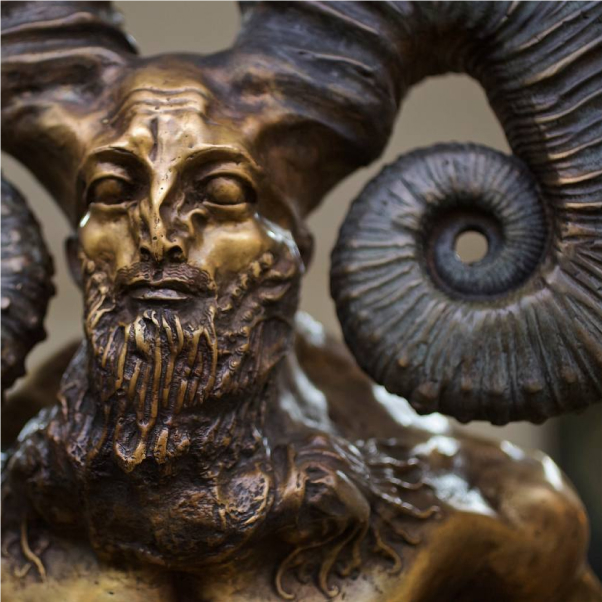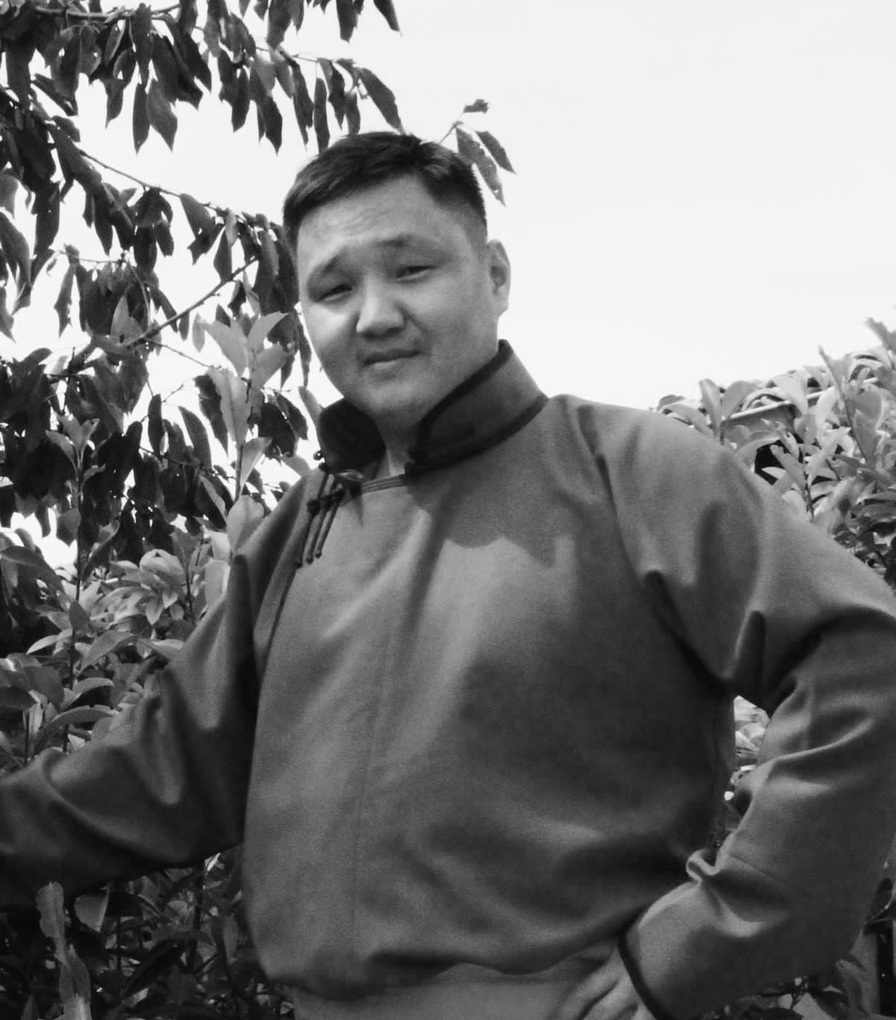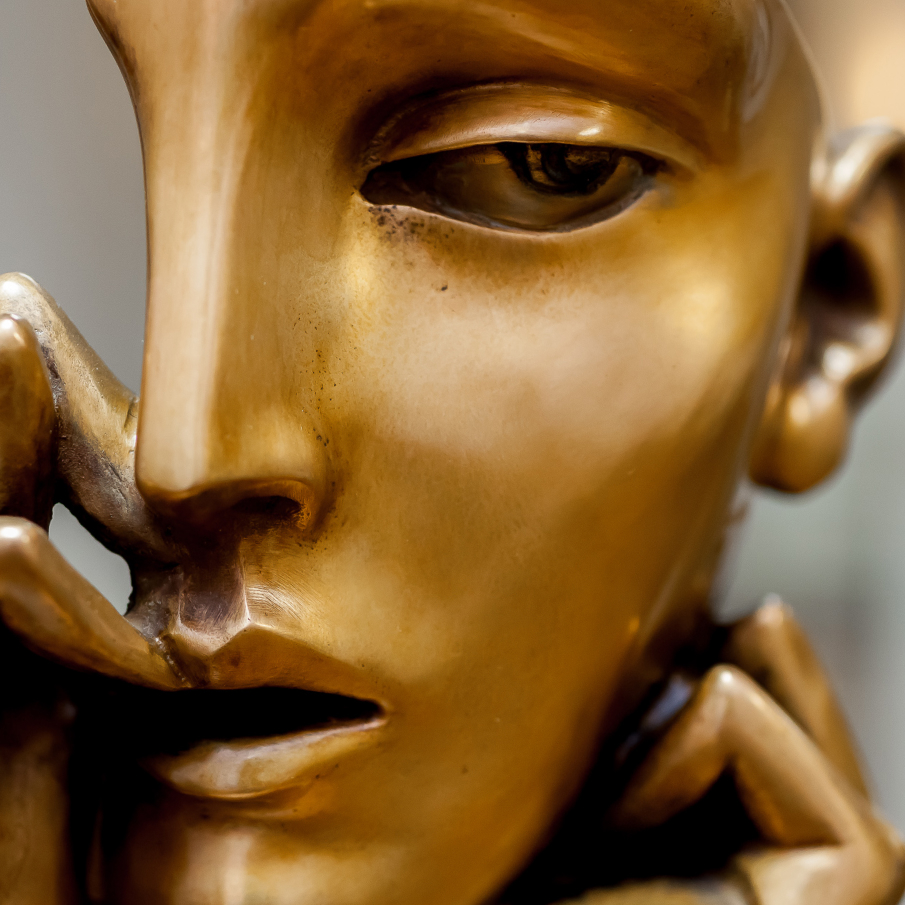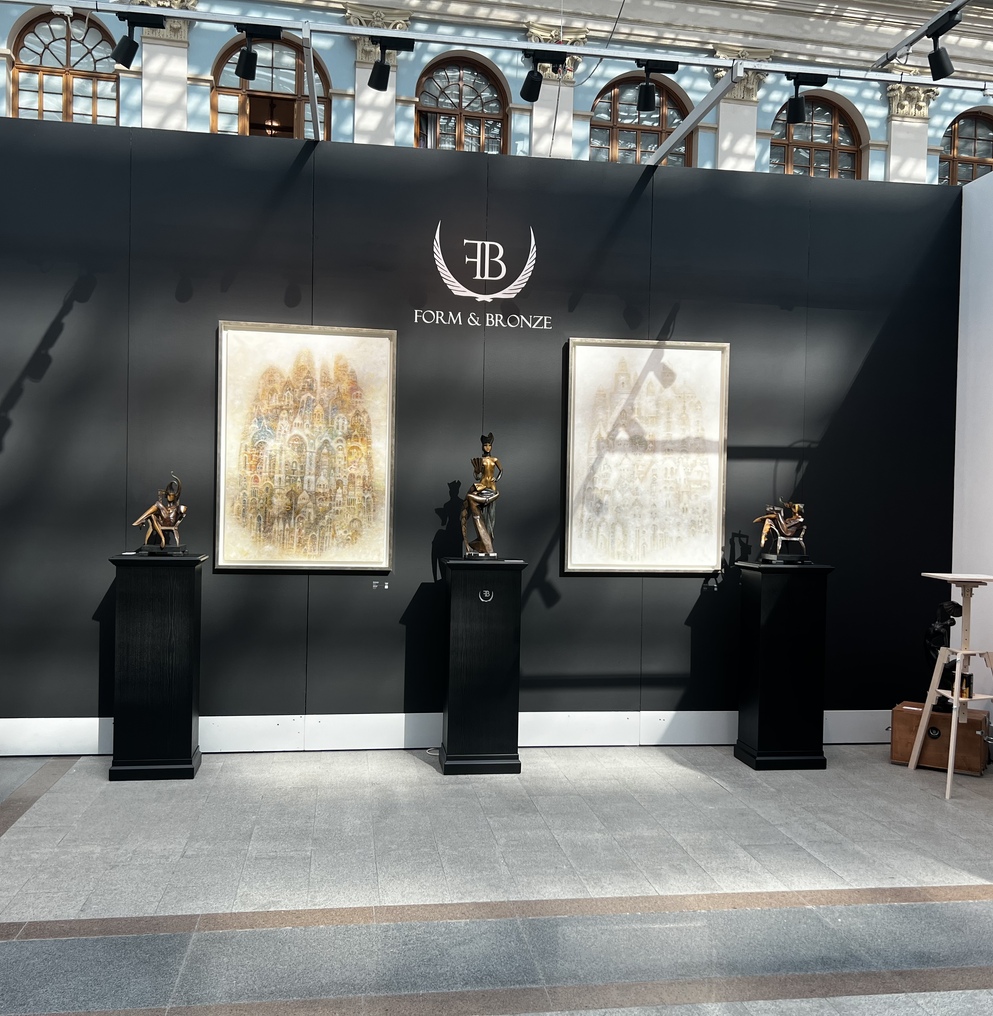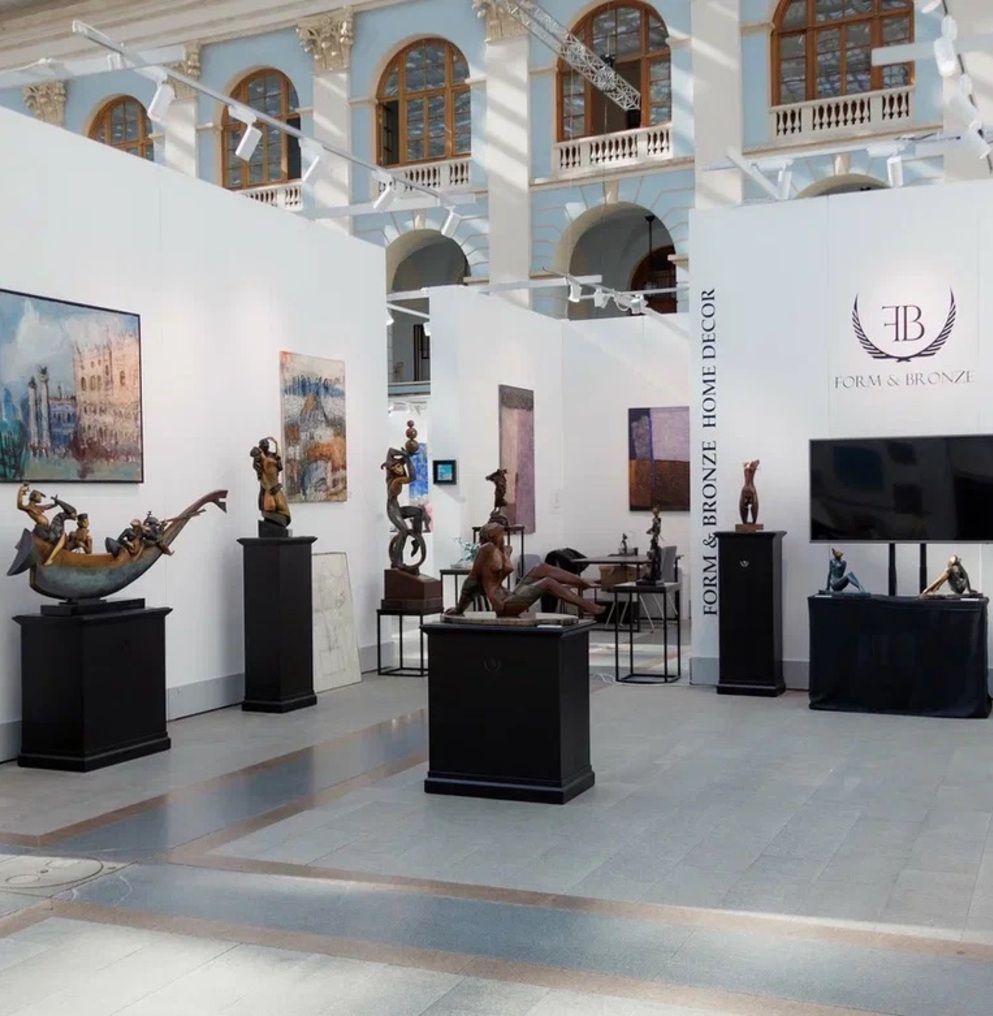SANCHIR, a Mongolian-Russian sculptor (short for the Mongolian name Sanchirbold Gankhuyag).
This young talent was born in 1993 in Övörkhangai aimag (Central Mongolia), he studied sculpture first in the capital of Mongolia, Ulaanbaatar (Mongolian State University of Arts and Culture), then in Saint Petersburg (Russian Academy of Arts, workshops of Valentin Sveshnikov and Andrey Novikov).
Sanchir has won various creative competitions in Mongolia, and his work has been recognized at the 'Kind Person' contest of the Russian Academy of Arts.
Sanchir's sculptures are installed in various cities and even countries. His symbolic sculpture 'Song and Melody' adorns the capital of Mongolia, along with his complex-compositional monument to the renowned 20th-century Mongolian writer Ch. Lodoidamba and his spouse, located in the Central Park of Ulaanbaatar. A three-meter bronze statue on a two-meter base, dedicated to a highly revered Mongolian wrestler, holder of the national 'lion' title in Mongolian wrestling and honored coach Bandin Ganbaatar, is installed in front of the sports complex in Bayan-Öndör. The sculpture captures the athlete at the moment of triumph. In the ancient capital of Bulgaria, the city of Pliska, in the cultural-historical museum 'Yard of the Cyrillic alphabet', Sanchir’s bust of Dashdorjiin Natsagdorj, the founder of modern Mongolian literature, was unveiled.
Sanchir fell in love with sculpture and chose it as his profession in childhood. 'I constantly molded with plasticine,' he recalls, 'both at home and in daycare. These were figures of heroes like Tarzan and Spiderman, but I already felt that my works were different, not like those of the other children. My parents and grandfather would give me plasticine for all holidays, birthdays, New Year’s. I worked with it every day, and even then, I understood that I wanted to become a sculptor. It was my very first and main dream. Many children first want to become firefighters, then astronauts, and then constantly change their choice. But I knew right away that I wanted to be a sculptor'.
The themes of Sanchir's works often revolve around love and mythology, and currently, he is interested in the image of the city, but he is always in search. Initially, the young sculptor drew inspiration from the classics, but in his third year of university, he came across a book featuring the works of Ossip Zadkine, a prominent figure of the School of Paris. 'I really liked his works, and they taught me how to mold composition.' Sanchir's development was influenced by Cubism and Expressionism; in addition to Ossip Zadkine, names like Georges Braque and Antoine Bourdelle also became significant to him. 'My works now do not resemble their creations,' Sanchir admits. 'Perhaps an experienced eye might find some minor influence or elements. When I was forming my approach to creativity and its vague silhouette still loomed in my mind, I tried to find analogs but found nothing that matched my aspirations and desires, so I proceeded independently. The main thing I took from them is their creative credo. Like them, I want to do what I myself want.' 'Talent is not just about drawing, speaking, or molding beautifully, but about conveying what you feel. If the viewer, reader, or listener understands what the author intended to express, then the task is accomplished,' believes the sculptor.
